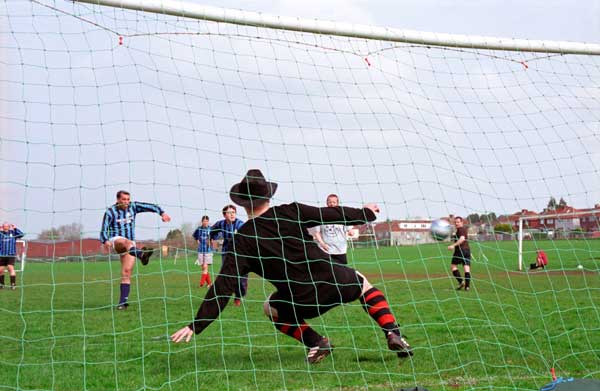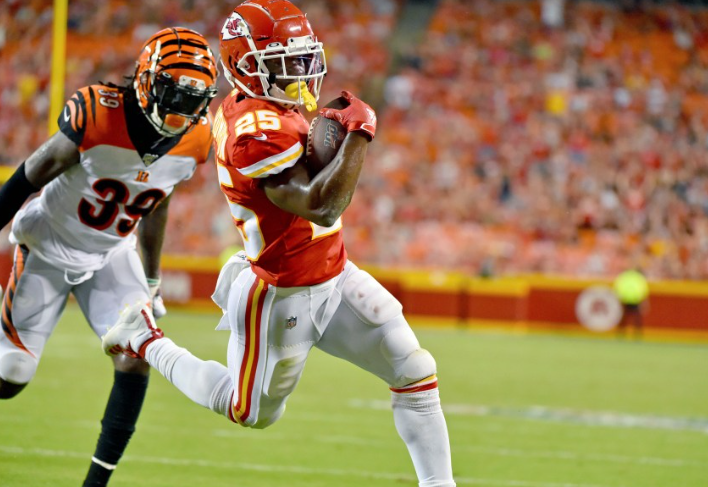Football clubs, often more than just teams, form the backbone of the beautiful game. In this exploration, we uncover the profound significance and multifaceted roles these clubs play in shaping the sport we adore.
Historical Significance
Delving into the annals of football history reveals that clubs are not mere entities; they are living chronicles of the sport’s evolution. Each club carries a unique tale, steeped in triumphs, heartbreaks, and the ebb and flow of the game over the years. These historical footprints serve as a testament to the enduring legacy and cultural impact of football clubs.
Community Pillars
Beyond the pitch, football clubs transcend their sporting role, becoming pillars of the communities they represent. They are not just teams; they are rallying points for collective identity, fostering a sense of belonging among fans. The heartbeat of a neighborhood often synchronizes with the rhythm of its football club, creating a bond that extends beyond the 90 minutes of a match.

Player Development Hubs
Football clubs function as crucibles for talent, nurturing and refining players from their grassroots stages to the zenith of their careers. The youth academies of renowned clubs serve as breeding grounds for the next generation of football stars, crafting skills and character that echo the ethos of the club itself.
Tactical Innovation Centers
On the tactical frontier, football clubs stand as laboratories of innovation. Managers, often the maestros of strategy, experiment with formations, playing styles, and set pieces. The tactical evolution that unfolds within the confines of a club’s training ground not only shapes its own destiny but influences the broader landscape of football tactics.
Financial Powerhouses
In the contemporary footballing arena, clubs are economic behemoths with significant financial clout. The transfer market, sponsorship deals, and revenue generation through merchandise contribute to the financial muscle of soccer clubs. This financial prowess not only sustains the club but also fuels its ability to attract top-tier talent and invest in state-of-the-art facilities.
Global Fan Communities
The advent of the digital age has transformed soccer clubs into global entities, transcending geographical boundaries. Social media platforms and streaming services have facilitated the creation of expansive fan communities that unite supporters worldwide. A club’s fanbase is no longer confined to its hometown; it’s a diverse and passionate global congregation.
Challenges and Triumphs
The journey of a football club is riddled with challenges, from financial hurdles to on-field struggles. However, it’s in overcoming these adversities that the true mettle of a club is tested. Triumphs, be they in domestic leagues or continental competitions. Become shared victories that resonate with fans, etching moments of glory into the collective memory.
Social Responsibility
Football clubs, cognizant of their societal influence, are increasingly embracing social responsibility. Initiatives ranging from community outreach programs to environmental sustainability projects showcase the commitment of clubs to making a positive impact beyond the sport. Clubs are recognizing their role as agents of change and using their platform to address pressing social issues.
Conclusion
In the grand tapestry of football, clubs emerge as more than entities vying for victory—they are custodians of history. Architects of community spirit, and laboratories of innovation. As the backbone of the sport, football clubs bear the weight of tradition. The responsibility of player development, and the hopes of millions of fans worldwide. In celebrating football, we inherently celebrate the enduring legacy and multifaceted brilliance of the clubs that breathe life into the beautiful game.




